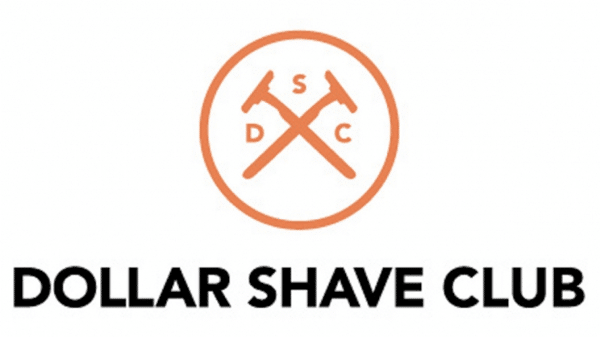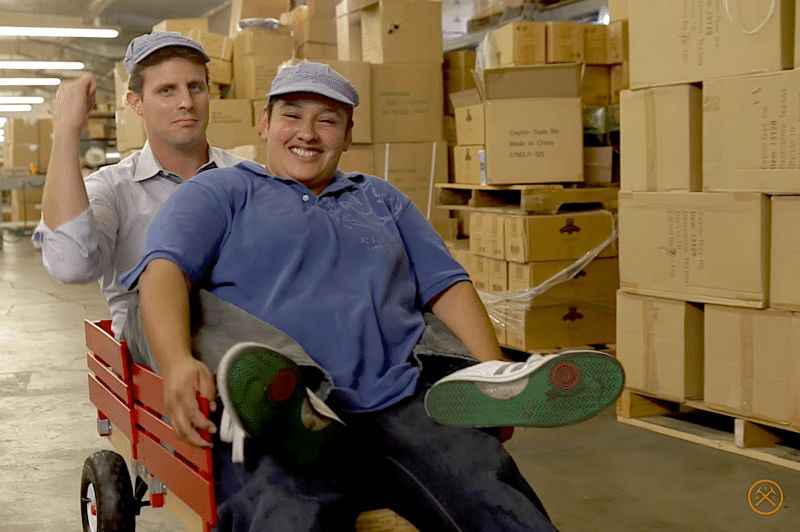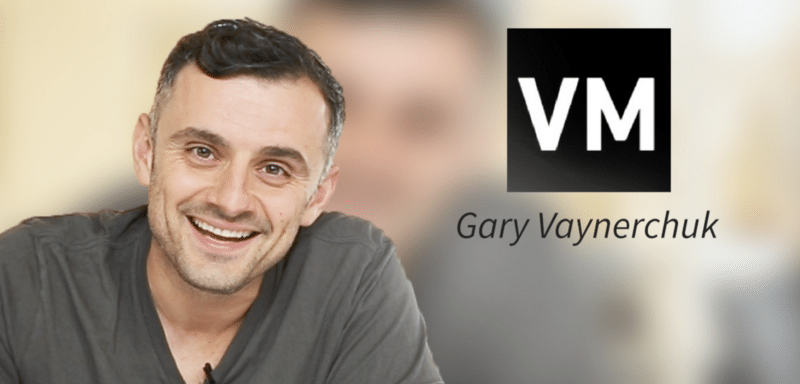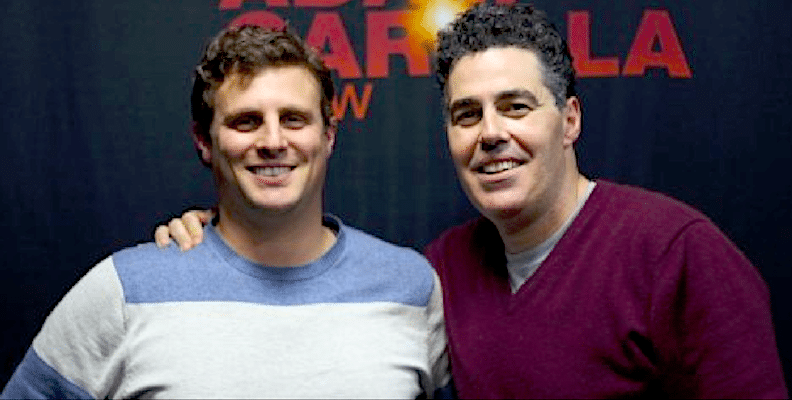
In this series we’re putting StatSocial, our social media audience insights engine, to work.
We’re checking in on the audiences of some of those companies whose names will be familiar to any regular podcast listener, as they are among the most prominent sponsors of many of the most popular podcasts.
What are we trying to determine? Above all else, for which brands do the most passionate members of these podcasts’ audiences show the strongest affinities? StatSocial scores audience affinities for 1,000 top podcasts in every audience report. In this series, we’ll show you the top-five podcasts audiences that are best aligned to the brand in question.
For marketers and agencies looking to optimize podcast ad spend, StatSocial is an indispensable tool. StatSocial also works for podcast ad sellers and networks looking to best position their podcast properties to the right advertisers. This article is a window into what StatSocial can uncover for ad buyers and sellers of all sorts.
(You can check out parts 2 and 3 of this series here and here.)
— — — — — — — — — — — — — — — — — — — — — — — — — — — — — —
Dollar Shave Club

Dollar Shave Club offers razors and blades via a monthly subscription / membership model. There are three different plans ranging from $3 to $9 a month. Applying this model to the personal grooming sector was devised to address the issue of what the company — and evidently quite a few shavers — perceived as ever-pricier and needlessly higher-and-higher-tech shaving products.
The company was founded by CEO Michael Dubin in 2011. They first launched their website in beta-mode in April of that year. It was a video uploaded to YouTube in March of 2012 that put them on the map overnight.
Dubin, in addition to being an entrepreneur, had studied improv comedy at New York’s Upright Citizens Brigade Theatre. In March of 2012 he put this comedy background to use to write, produce, and star in a 90 second YouTube clip.
The same day the video was uploaded, it went massively viral to a degree that even the confident CEO could never have anticipated. Early that day the company’s server crashed from an unexpected deluge of traffic. Once they got their site back online, they received 12,000 orders during that first 24 hours.
Things have only looked better and better since that memorable start. In 2014 they introduced a brand of men’s, um, hygiene aids called One Wipe Charlies. A more NSFW video with the same basic irreverent tone as the initial Dollar Shave Club clip went similarly viral. In 2016 the company was acquired by Unilever for a head-spinning $1 billion.
Unconventional marketing has been a cornerstone of Dollar Shave Club’s success, and sponsoring a number of popular, carefully selected podcasts has been part of their strategy from early on.
They stress that their products are unisex, and StatSocial reveals that a not insignificant 21% of their social media audience is female. Still, they have launched a male-oriented online magazine (again NSFW) called MEL, in keeping with their intention from day one to grow into an all-encompassing, one-stop lifestyle brand. While not to be found listed below, they do indeed even have their very own podcast.
1) The Art of Manliness

Four years before Dollar Shave Club stormed the internet with its brilliant product launch on YouTube, the The Art of Manliness blog posted an entry educating its readers on “How to Shave Like Your Grandpa.”
One of the most memorable and frequently quoted moments from the initial Dollar Shave Club video comes when Dubin insists that viewers stop paying for “shave-tech you don’t need.” Posing the question, “Do you think your razor needs a vibrating handle, a flashlight, a back-scratcher, and ten blades?,” adding,“Your handsome-ass grandfather only had one blade… And polio.”
The The Art of Manliness multimedia lifestyle brand — with such elements as the blog, podcast, and multiple books — was founded by Tulsa native Brett McKay as an antidote to the bro-culture oriented “lad mags” still in fashion during the noughts. Sharing an aesthetic and ethos, It made perfect sense that Dollar Shave Club chose to advertise its back to basics, subscription-model razors to Manliness’ millions of monthly visitors.
Our insights show an affinity for the Manliness podcast impressively exceeding the social media norm by very nearly 20 times. Indeed, this is about as natural a marriage of sponsor and podcaster as you might find.

2) The Tim Ferriss Show

Tim Ferriss is an entrepreneur, angel investor, and probably best known for the extraordinarily popular podcast being highlighted here, as well as his best-selling series of ‘4-Hour’ books (such as ‘The 4-Hour Workweek,’ ‘The 4-Hour Body,’ and so forth).
The Tim Ferriss Show finds affinity among Dollar Shave Club’s enthusiasts to a degree approaching eight-and-a-half-times greater than that of the average social media user. Not only that, but Ferris himself finds favor among DSC’s fans to a degree approaching three times that of the norm.

3) The GaryVee Audio Experience

Dollar Shave Club’s crowd digs Gary Vaynerchuk — the self-described, “dude that Loves the Hustle” (capitalization his, although it’s not clear that he’s not referring to Van McCoy’s 1975 number one hit, or for that matter the dance it implores its listeners to do) — to a degree exceeding social media’s general hoi polloi by three-and-a-quarter times.
The Belarusian-American went from managing his family’s liquor store in suburban New Jersey, to becoming arguably YouTube’s first wine guru and vlogger. From there he’s grown into an all-around digital marketing and social media titan, as well as angel investor and public speaker. Vaynerchuk’s social media-focused VaynerMedia has numerous Fortune 500 clients, and is a heavy-hitter in the digital marketing world.
His The GaryVee Audio Experience podcast finds seven-times as many listeners among Dollar Shave Club’s audience as it does among social media’s users as a whole.

4) The Adam Carolla Show

The former co-host of MTV and syndicated radio’s ‘Loveline’ and Comedy Central’s ‘The Man Show,’ Carolla blazed major trails in terms of revealing just how big a podcast could be. He left terrestrial radio in February of 2009 and almost immediately began releasing a daily podcast. By 2011 his ‘The Adam Carolla Show’ had been downloaded 60 million times.
On the back of his early success, Carolla quickly spun off other podcasts, eventually launching what was initially called the ACE Broadcasting Network, and is now called Carolla Digital. During his early months as a podcaster the outspoken powerhouse of the medium paid for the venture out-of-pocket, covering what he disclosed were $9,000 a month in bandwidth fees. By September of ’09, Carolla started to take on sponsors, providing brands with the added value of spots read by the host himself.
Dollar Shave Club has been a sponsor on Carolla’s network for some time, and Dubin has even been a guest on ‘The Adam Carolla Show.’ It is small wonder then that for as popular as Carolla’s flagship podcast is, affinity for it is shown among Dollar Shave Club’s fans to a degree seven-times greater than the average social media audience member.

5) Serial

Hosted and co-produced by Sarah Koenig, producer of NPR’s long-running This American Life, the Peabody Award winning Serial became a sensation in a way no podcast had quite accomplished previously. Over 12 episodes, the first season told the story of Adnan Syed, a Baltimore native sentenced to life in prison for the 1999 murder of his ex-girlfriend, Hae Min Lee.
Unfolding like a murder mystery, the investigative piece suggested that Syed might have been wrongfully convicted. To date, the first season has received over 80 million downloads, to 14 million devoted listeners.
2015’s second season went in a different direction, but maintained the same serialized, documentary format. This time instead of a nearly 20-year old murder trial of which few had ever heard, they made the controversial choice of digging into the widely-reported story of Beaudry “Bowe” Bergdahl, a U.S. Army private who left his post in Afghanistan in 2009, winding up captured by the Taliban and held prisoner for five years. While the excitement surrounding the first season seemed a bit more muted this time out, the download numbers made it clear that the podcast remained as popular as before.
The hotly anticipated third season is said to be coming at some point this year.
While the podcast was initially funded by Chicago public radio station WBEZ(the NPR station from which This American Life originates), it has had sponsorship as well.
The Dollar Shave Club blog offered its readers advice on how to appear as though you are one of Serial’s listeners even when you are not. This advice may have been heeded by some, but has done nothing to keep Dollar Shave Club’s audience from getting swept up in Serial’s fandom to a degree exceeding the average social media user by nearly seven-times.

— — — — — — — — — — — — — — — — — — — — — — — — — — — — — —
Check back later, as there are more podcast sponsors to come.
To learn more or request a demo, click here.
